Introduction
In the vast underwater world, a curious enigma lurks beneath the surface: the behavior of bass fish. These finned athletes pull anglers into their watery realm, but understanding their behavior is the real catch. Whether you’re a seasoned fisherman or a budding enthusiast, grasping the intricacies of bass behavior can significantly enhance your fishing success.
Imagine casting your line, only to have a bass zip past your lure like it’s in a race. Frustrating, right? But fear not! By learning about their habits, you’ll transform from frustrated angler to bass whisperer.
Bass are tricky. They have feeding patterns that can change faster than your buddy’s mood when he loses a fish. Knowing when and where they feed is crucial. For instance, they may feast at dawn and dusk, leaving you scratching your head at midday.
Their spawning rituals are equally fascinating. Picture a group of bass getting together for a fishy version of a family reunion. Understanding these behaviors can spell the difference between a day of catching and a day of casting.
Join us as we explore the fascinating world of bass behavior analysis. We’ll dive into their feeding habits, seasonal patterns, and even their favorite hangouts. By the end of this journey, you’ll be armed with the knowledge to become a more effective angler. Get ready to reel in those bass—figuratively and literally!
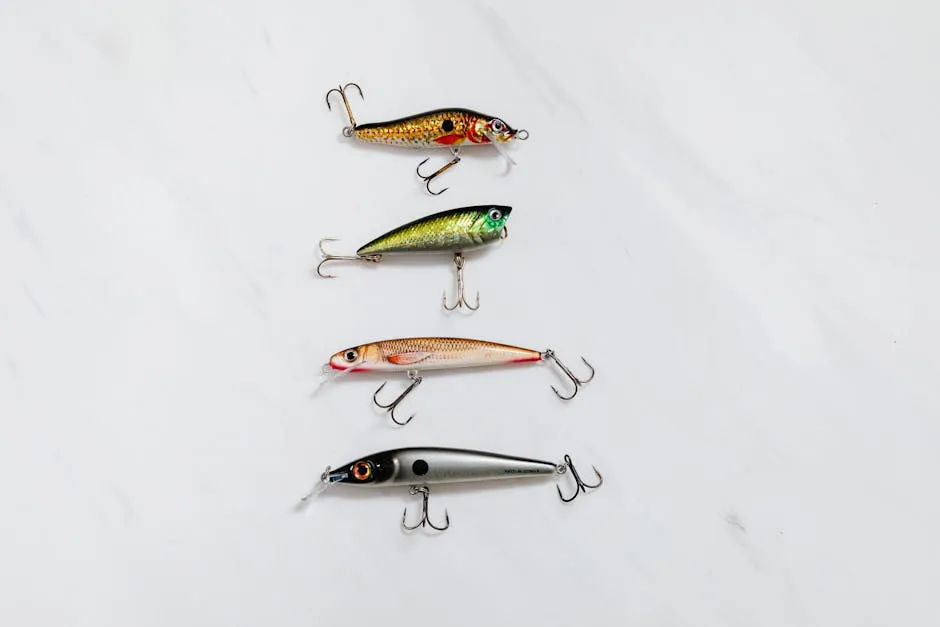
Summary
Bass behavior analysis sheds light on the habits, preferences, and patterns of these popular game fish. Understanding how factors such as water temperature, time of day, and seasonal changes influence bass behavior allows anglers to adapt their techniques for maximum success. This article will cover the following key points, sparking curiosity and enhancing fishing strategies:
- Understanding Bass Species: Different species of bass exhibit unique behaviors. Learning about largemouth, smallmouth, and spotted bass will help anglers tailor their approaches.
- Seasonal Patterns: Bass behavior changes with the seasons. We will explore how water temperature and spawning cycles affect feeding and activity levels.
- Feeding Habits: Discover the various prey species bass target and how to mimic these in your bait selection.
- Habitat Preferences: Bass are habitat-driven; understanding where they thrive can lead to more productive fishing spots.
- Behavioral Responses: Factors such as weather, pressure changes, and fishing pressure can alter bass behavior. Learn how to read these cues.
- Techniques for Success: From topwater tactics to deep-water fishing, we’ll provide expert tips to capture more bass based on their behavior.
By the end of this article, readers will not only have a clearer understanding of bass behavior but also practical strategies to enhance their fishing experience.
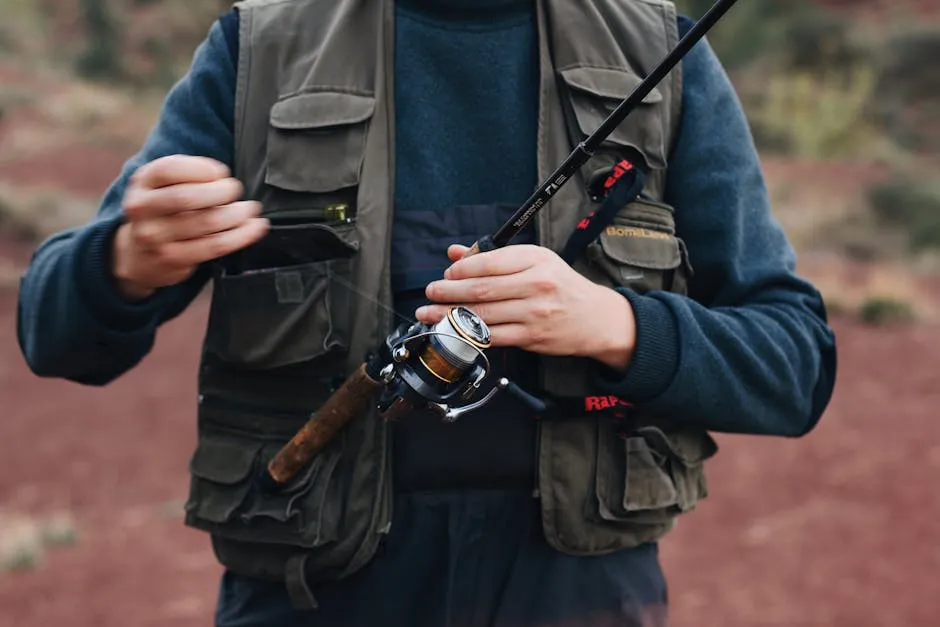
Understanding Bass Species
Overview of Bass Species
Largemouth Bass
Largemouth bass are the rock stars of the fishing world. Found in freshwater lakes, rivers, and ponds, they prefer warm, shallow waters with plenty of vegetation. These fish love to lurk near structures, such as fallen trees, rocks, and weeds. They are ambush predators, waiting for the perfect moment to strike at unsuspecting prey. Their diet mainly consists of smaller fish, frogs, and insects. When it comes to habits, largemouths tend to be more aggressive during the warmer months, especially in spring when they spawn. This makes them a prime target for anglers looking to reel in a big one. To enhance your fishing experience, consider investing in a Fishing Rod and Reel Combo that suits your style!
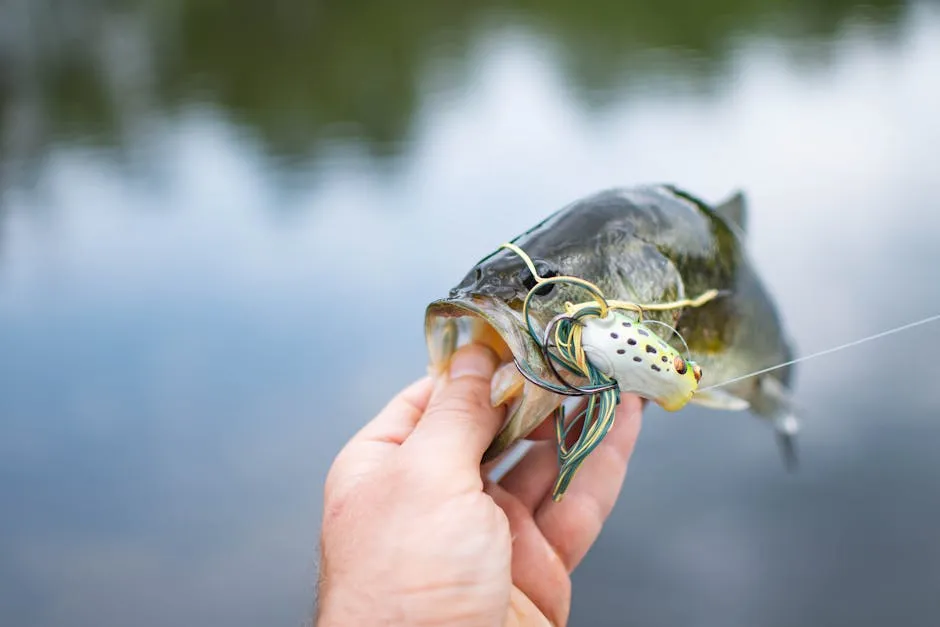
Smallmouth Bass
Smallmouth bass are the cool cousins of largemouths. They thrive in cooler, clearer waters, often found in rivers and lakes with rocky bottoms. Unlike their larger counterparts, smallmouth bass tend to be more active and aggressive in cooler temperatures. They enjoy a diet rich in crayfish, minnows, and insects. When it comes to behavior, smallmouths are known for their acrobatics when hooked—watch out for those aerial flips! Their feeding patterns differ from largemouths; they’re more likely to chase down fast-moving bait. For anglers, this means using faster retrieves and mimicking the erratic movement of prey.
Spotted Bass
Spotted bass are the underdogs, often overlooked but equally exciting. They can adapt to a range of habitats, from rivers to reservoirs. Spotted bass enjoy a mix of the best traits from both largemouths and smallmouths. They prefer warmer waters and can often be found near structures similar to largemouths. Their diet consists of small fish, insects, and crustaceans. Fishing strategies for spotted bass often involve using lures that mimic their preferred prey, like swimbaits and jigs. Notably, they can be more active during the day than either of their cousins, providing anglers with prime opportunities to catch them.
Importance of Species Identification
Identifying bass species in the field can make or break a fishing trip. Each species has distinct markings and preferences. Largemouths have a distinctive dark stripe along their sides, while smallmouths display a more bronze hue with vertical stripes. Spotted bass feature a series of dark spots along their sides, making them easy to differentiate.
Species identification impacts fishing techniques and bait choices significantly. For instance, if you’re targeting largemouth bass, you’ll want to use slower-moving lures near vegetation. Alternatively, for smallmouths, fast retrieves with crankbaits work wonders in rocky environments. Recognizing these differences allows anglers to tailor their strategies effectively, leading to a more successful and enjoyable fishing experience. Don’t forget to keep your gear organized with a Tackle Box Organizer!

Seasonal Patterns of Bass Behavior
Spring
Spawning Season
Spring is a magical time for bass. As the water warms, both largemouth and smallmouth bass move to shallow waters to spawn. This is when their behavior changes dramatically. They become protective of their nests, leading to increased aggression. Anglers can capitalize on this by using lures that mimic injured prey.
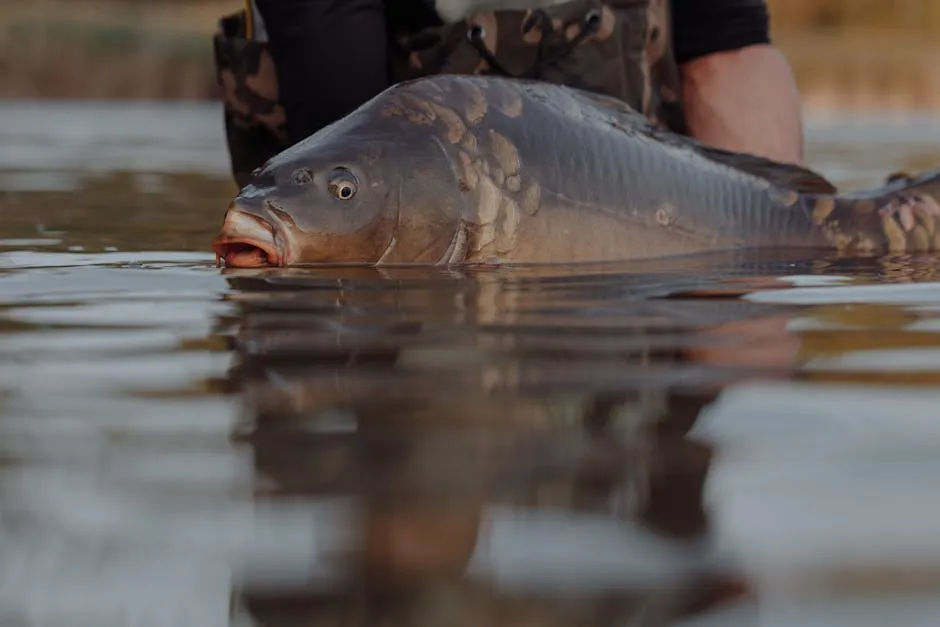
Feeding Habits
During spring, bass ramp up their feeding as they prepare for spawning. They aggressively chase after shad and other baitfish. This is the perfect time for anglers to use topwater lures or spinnerbaits. The excitement of watching a bass strike at the surface is unbeatable and often leads to thrilling catches. You can enhance your fishing experience by checking out a Bass Fishing Lures Set that can make your catch even more exciting!
Summer
Heat Effects
Summer brings warmer water temperatures, which can affect bass feeding patterns. As the heat rises, bass often retreat to deeper waters during the hottest parts of the day. This means anglers need to adjust their strategies accordingly.

Deep Water Behavior
In hot weather, bass tend to hang out near underwater structures or drop-offs. Fishing techniques that work well during this season include using deep-diving crankbaits or jigs. Finding shade under docks or submerged trees can also increase your chances of a good catch.
Fall
Foraging Changes
As temperatures begin to cool, bass behavior shifts once more. They start foraging more aggressively to build up energy reserves for winter. This transition from summer patterns means bass can be found near shallow areas where baitfish congregate.
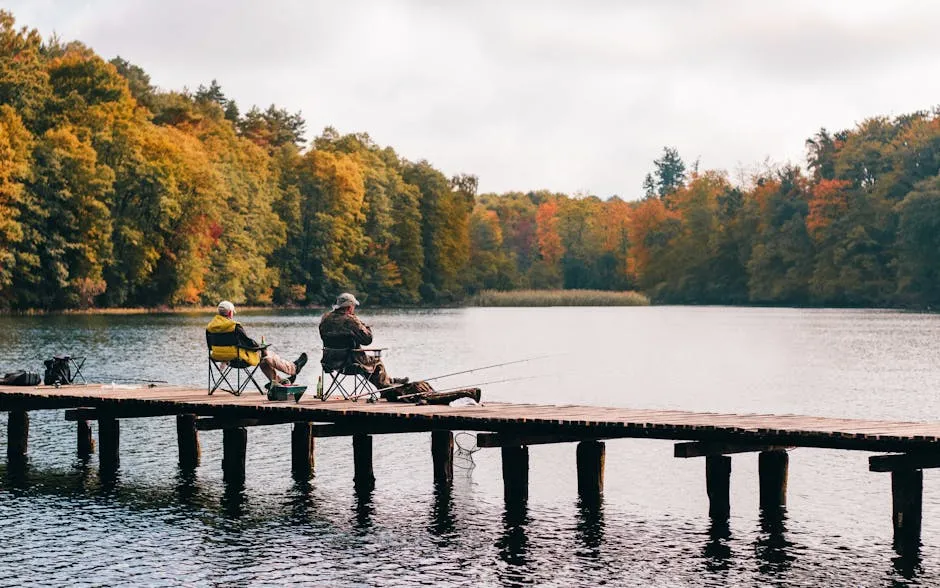
Baitfish Movement
During fall, baitfish migrate, and bass follow suit. Adjusting your fishing strategies based on baitfish movements can lead to success. Using lures that mimic the size and color of local baitfish can make all the difference when trying to attract a hungry bass. Don’t forget to track your catches with a Fishing Journal for Anglers to keep track of your successes!
Winter
Lethargy
When winter rolls around, bass become sluggish. The cold temperatures slow their metabolism, causing them to be less active. This can be a challenge for anglers, but understanding their lethargy is key to success.
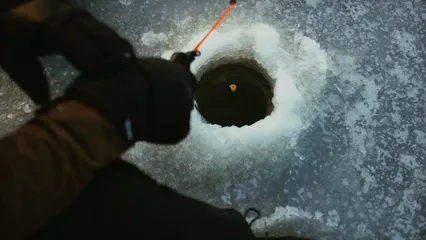
Ice Fishing Tips
For those brave enough to venture out in the winter, ice fishing can be rewarding. Anglers should focus on deeper waters, using smaller baits and slower retrieves. Patience is essential; sometimes, it takes a while for bass to bite in the cold. Equip yourself with a Fishing Rod Holder to keep your gear organized!
Understanding bass behavior across the seasons can significantly enhance your fishing experience. By adapting your techniques and bait choices, you can increase your chances of landing that coveted catch, regardless of the weather!
Feeding Habits of Bass
Prey Preferences
Common Prey
Bass are like the gourmet diners of the underwater world. They have a diverse menu, primarily consisting of smaller fish, crayfish, and even insects. Their favorite snacks include shad, bluegill, and various minnows. Why do bass love these critters? It’s all about energy! These prey offer high protein and are easy to catch, making them ideal for a hungry bass.
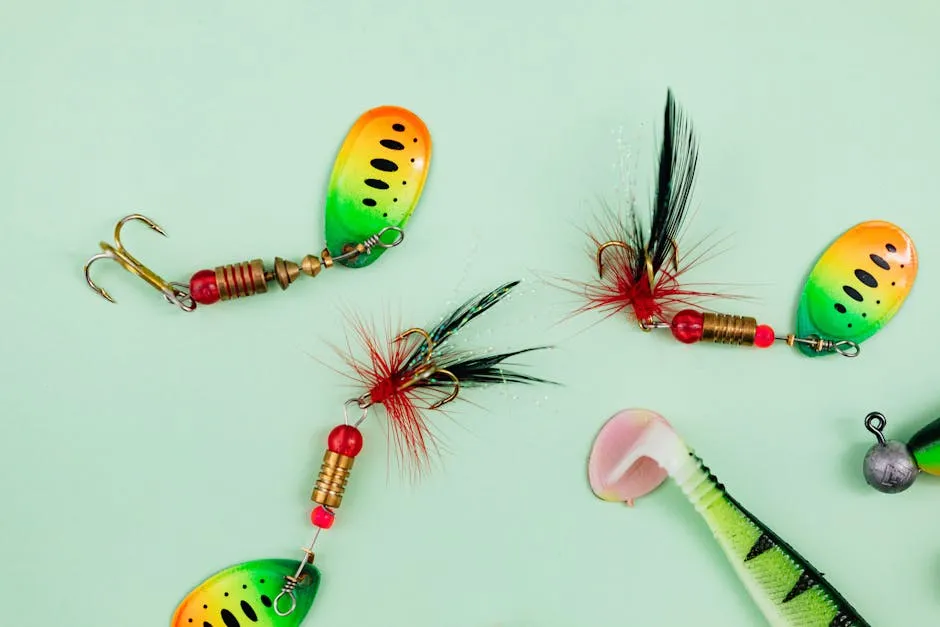
When it comes to seasonal preferences, the menu changes. In spring, during spawning, bass target shad and bluegill, while in summer, crayfish become the go-to choice. Knowing what bass are munching on can give you a serious edge. To make your fishing trips even more successful, consider using a Fish Finder GPS Combo to locate where the action is!
Bait Selection
Now, let’s talk about bait. Matching your bait to the bass’s natural prey is crucial. If you want to reel in a hefty bass, think like a fish. Use lures that mimic their favorite meals. For instance, if shad are in the area, opt for silver or white crankbaits that look just like them. On the other hand, during the fall, using topwater lures that resemble smaller fish can yield exciting results.

An essential trick is to observe the water. If you see schools of baitfish, you’ve found their buffet. Match your bait to what’s swimming around. If the bass see something familiar, they’ll be more likely to strike. To keep your bait handy and organized, a Fishing Bait Bucket can be quite helpful!
Feeding Times
Best Times to Fish
Timing is everything in bass fishing. Early mornings and late evenings are prime feeding hours. Why? During these cooler parts of the day, bass venture into shallower waters. They’re more active, hunting for their next meal.

But don’t overlook midday! Bass can be surprisingly active when the weather is cloudy or overcast. The clouds diffuse sunlight, making bass feel secure. Use this to your advantage; try fishing around structures or shade during these conditions. Make sure to protect yourself from the sun with a Fishing Hat with Sun Protection!
Influence of Weather
Weather plays a significant role in bass behavior. A sudden change, like a drop in temperature or an approaching storm, can trigger a feeding frenzy. Bass become more aggressive before storms, sensing the change in pressure.
Conversely, during hot and sunny days, they tend to hide in deeper waters or near cover. The key is to pay attention to weather patterns and adjust your fishing schedule accordingly. If you know a storm is coming, plan to fish beforehand for the best action!
Techniques for Mimicking Prey
Topwater Lures
Topwater lures can be incredibly effective if used correctly. They create surface commotion that mimics struggling prey. Ideal conditions for topwater fishing include early mornings or evenings. Use poppers or frogs near lily pads or submerged structures where bass hide.

The thrill of a bass exploding on your lure is unbeatable! Reel in a steady rhythm, then give it a pause. The sudden stop often triggers a strike.
Subsurface Techniques
When bass dive deeper, it’s time to switch tactics. Jerk baits, jigs, and swimbaits are excellent choices. Jerk baits imitate injured fish. Cast them near structures and give them a quick twitch. This erratic movement can entice even the most reluctant bass.
Jigs are versatile and can be fished in various ways. Drag them along the bottom or hop them off rocks. Swimbaits, which mimic the natural swimming motion of baitfish, can be particularly effective when bass are actively feeding.
Each technique requires practice, but understanding bass behavior will guide your choices. With the right bait and timing, your fishing experience will be as rewarding as it is fun!
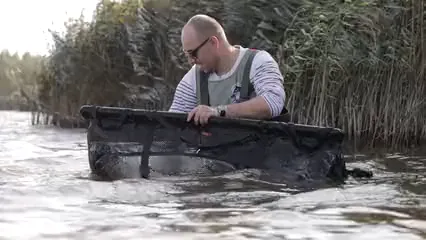
Habitat Preferences of Bass
Key Habitat Features
Structure
Bass thrive in areas with cover. They seek out structures that provide shelter and hunting grounds. Think of fallen trees, rocks, and submerged vegetation. These spots offer both safety and ambush points for bass.
The more complex the structure, the better. Bass love to hide and wait for unsuspecting prey. When fishing, target these areas. Cast your line near edges and openings where bass are likely to lurk. For a comfortable day out, consider a Fishing Chair with Cooler to keep your drinks cold!
Cover Types
Different types of cover attract bass in various ways. Weeds provide excellent hiding spots and attract baitfish. Rocks create ambush points, especially during spawning. Submerged structures like brush piles are also favorites.
In summer, bass often retreat to deeper cover when temperatures rise. Understanding the types of cover in your fishing area will help you find more productive spots. Don’t forget to use a Fishing Pliers Multi-tool to help with all your tackle needs!
Water Quality and Depth
Temperature
Water temperature is a crucial factor for bass activity. They prefer temperatures between 65°F and 75°F. In these ranges, they are most active and willing to feed.
As the temperature fluctuates, so does their behavior. During colder months, bass become lethargic and seek deeper waters. Knowing the optimal temperature can improve your chances of a successful catch.
Oxygen Levels
Oxygen levels in the water greatly affect bass location. Bass prefer areas with high oxygen concentrations. These spots are often found near moving water, like rivers or inlets.
In stagnant waters, look for areas with vegetation. As plants photosynthesize, they increase oxygen levels, attracting baitfish and, in turn, bass. Understanding oxygen dynamics will guide your fishing efforts and lead you to more productive spots.
Locating Productive Spots
Mapping Techniques
Technology can be your best friend! Use fish finders and mapping apps to locate underwater structures and depth changes. These tools provide valuable insights into where bass are hiding.
Take note of your findings and adjust your fishing strategy accordingly. Good maps can lead you to the sweet spots where bass congregate. If you’re serious about your fishing, you might want to check out a Fishing Line Spooler to keep your lines neat!
Seasonal Habitats
Bass habitats change with the seasons. In spring, they move to spawning grounds. During summer, they seek cooler, deeper waters.
As fall approaches, they return to shallower waters to feed. Being aware of these seasonal shifts will help you adjust your fishing locations and increase your chances of success.
By understanding the feeding habits and habitat preferences of bass, you can transform your fishing strategies. With the right knowledge and techniques, you’ll be well on your way to reeling in those elusive catches!
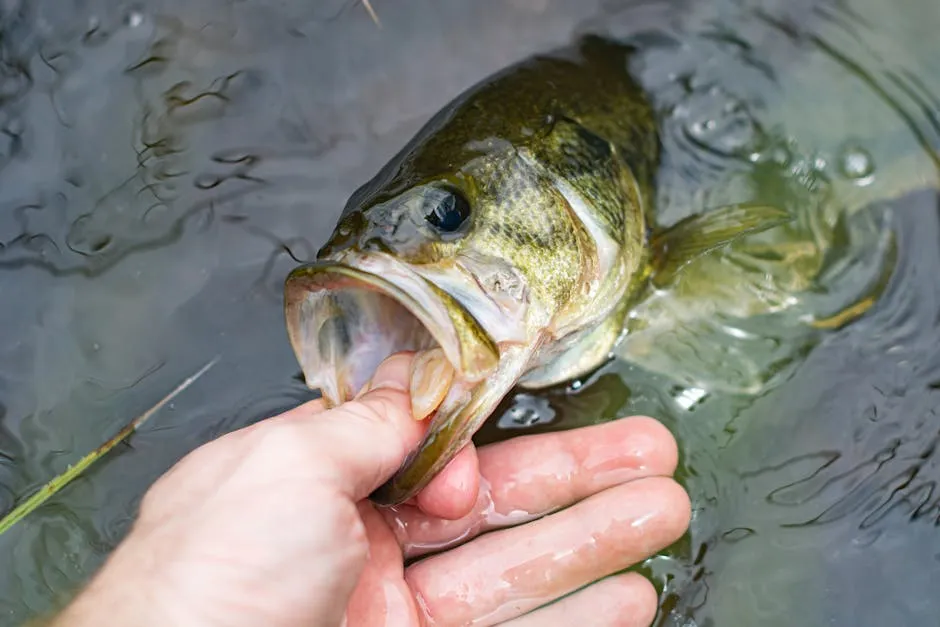
Behavioral Responses to Environmental Changes
Weather Conditions
Impact of Rain and Clouds
Weather patterns can be a bass angler’s best friend or worst enemy. When rain starts to sprinkle, bass tend to become more active. Why? The rain makes the water murky, providing cover for these cunning fish. They feel safer venturing out to hunt. Think of it as bass’ version of putting on a raincoat!

Cloudy skies can also trigger an uptick in feeding. Bass are less wary when the sun’s rays are softened by clouds. They swim closer to the surface, eager to snag an unsuspecting shad or worm. This is the perfect time to toss in your favorite topwater lure. Just imagine how thrilling it is to see a bass explode onto your lure while the skies are gray!
Conversely, clear, bright days may send bass deeper into the water. They seek cover in shaded areas or underneath structures. Fishing on sunny days can be tricky. To succeed, target those shady spots. Cast under overhanging trees or near submerged rocks. Bass love to hang out where they feel safe!
Pressure Changes
Understanding Barometric Pressure
Barometric pressure is crucial for understanding bass behavior. When pressure drops, it often signals an approaching storm. This drop can trigger a feeding frenzy. Bass feel the pressure change and instinctively know it’s time to eat before the storm hits. Anglers should take advantage of this by fishing right before and during the storm.
On the flip side, rising barometric pressure can make bass sluggish. They tend to hide in deeper waters or under cover. During this time, the best fishing strategy is to slow down your presentation. Use finesse techniques to entice those lethargic bass. Soft plastics or jigs can be effective when the pressure rises. Always have an Outdoor First Aid Kit on hand for any unexpected adventures!
Fishing Pressure
Understanding Bass Behavior Under Pressure
Fishing pressure can change a bass’s mood faster than a kid who’s seen a spider. After a weekend of heavy fishing, bass become more cautious. They learn to associate lures with danger. This makes them less likely to bite. It’s like they’ve read the manual on how to dodge hooks!
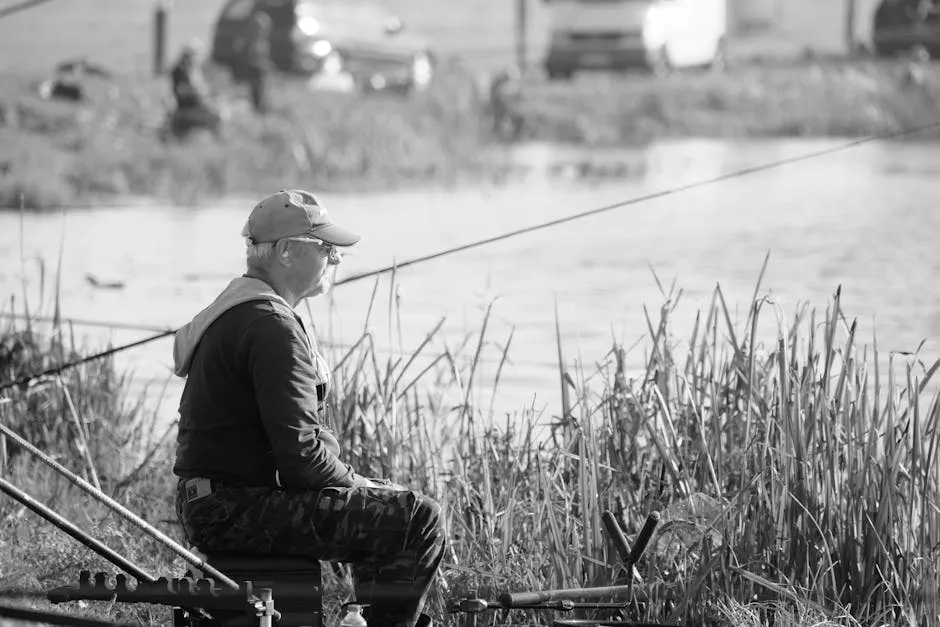
In heavily fished areas, bass may retreat to deeper waters or seek out more cover. They rely on their instincts to survive. Understanding this behavior is key. If you’re fishing in a pressured environment, consider using stealthy tactics. Light tackle and natural presentations can help catch those wary fish.
Adjusting Tactics
When fishing pressure is high, adjust your strategy! Instead of using bright, flashy lures, opt for more natural colors. Bass are less likely to be spooked by subtle movements. Use finesse techniques like drop-shotting or wacky rigging to mimic natural prey.
Additionally, timing matters. Fish during off-peak hours when fewer anglers are around. Early mornings or late evenings can yield great results. The fewer the boats on the water, the more relaxed the bass will be.
Another effective tactic is to explore less popular fishing spots. If everyone is casting in the same area, try venturing away. Look for hidden coves or less accessible areas. Bass may be lurking there, waiting for a meal—and you could be the lucky angler to find them.
Adapting your approach based on fishing pressure is essential. With these strategies, you can outsmart even the most cautious bass, turning a tough day into a successful one!
Techniques for Success
Bait and Lure Selection
Choosing the Right Gear
Selecting the right gear is crucial for successful bass fishing. Start with a medium to medium-heavy rod. This provides the perfect balance for both casting and fighting bass. Pair it with a reliable reel, preferably a baitcasting reel for precision.
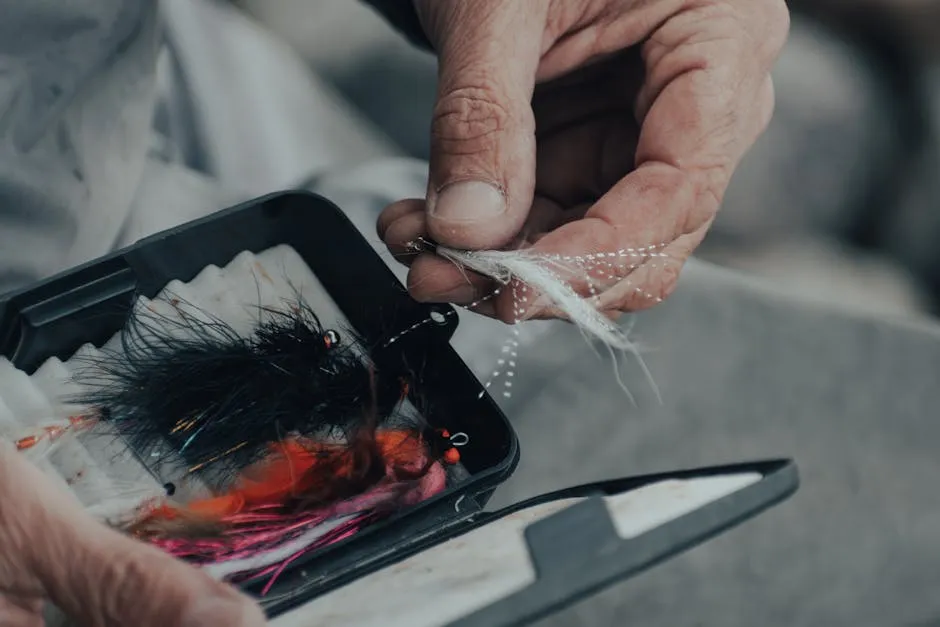
Line choice matters too! A 10 to 15-pound test fluorocarbon line is ideal. It’s less visible underwater, giving you an edge. If you’re going for bigger bass, opt for heavier braided line. This will help you pull them away from cover without losing your catch. Make sure to keep your line tangle-free with a Fishing Rod and Reel Cleaning Kit!
Lures for Different Conditions
Matching your lures to the conditions can make all the difference. On cloudy days, topwater lures like poppers or frogs work wonders. The surface commotion attracts bass looking for an easy meal.
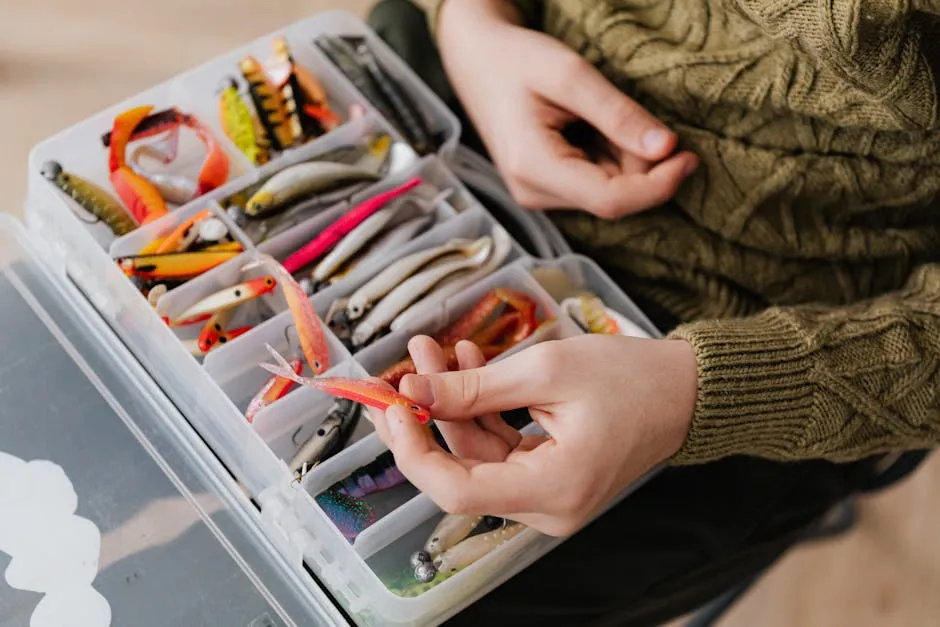
In clear water, switch to more subtle lures. Jigs, soft plastics, or crankbaits that mimic shad are excellent choices. Adjust the color of your lure based on the water clarity. Bright colors work well in murky water, while natural hues shine in clear conditions.
Also, consider the time of day. During dawn and dusk, bass are more aggressive. This is the prime time for using spinnerbaits or buzzbaits. The activity level of bass increases, making them more likely to strike.
Being strategic with your bait and lure selection can significantly enhance your fishing success. Pay attention to the conditions, and let that inform your choices!
Fishing Techniques
Casting Techniques
Mastering casting techniques is vital for catching bass. A well-placed cast can make or break your fishing day. Practice makes perfect! Aim for accuracy over distance. Short, precise casts near cover tend to yield better results.

Consider using a sidearm cast when working around trees or brush. It keeps your lure low and reduces the chance of snagging. Don’t be afraid to experiment with different angles too. Bass can be finicky, and sometimes a slight change in angle can trigger a strike.
Retrieval Methods
Once your lure hits the water, the retrieval method comes into play. Varying your retrieve speed can help find out what bass prefer. Sometimes a slow, steady retrieve works best. Other times, a fast, erratic motion can provoke a reaction.
For topwater lures, try a “pop-pause” technique. Reel in quickly, then pause to let the lure sit. This can mimic a struggling baitfish and entice bass to strike.
For jigs, a slow lift and drop can imitate a crawfish. Bass love this presentation. Don’t rush the retrieval; let the bait do the work.
Observation and Adaptation
Reading Water
Reading water is crucial for any angler. The surface tells a story. Look for ripples, currents, and color changes. These signs indicate where bass might be lurking.
When it’s windy, bass often gather near structure. They feel safe from predators. Cast near fallen trees or rocky outcrops. Pay attention to the water’s temperature too. Warmer water attracts bass, especially during spring.
Cloudy days can be a gift. Bass feel secure and swim closer to the surface. Use this to your advantage by employing topwater lures. A little surface action can lead to thrilling strikes!
Keeping a Fishing Journal
Keeping a fishing journal is like having your own secret weapon. Documenting your trips can reveal patterns over time. Note the weather conditions, water temperature, and the lures you used.
Track the time of day and locations. Did you catch more bass in the morning or evening? This information becomes invaluable. You’ll start to connect the dots—like a detective solving a fishy mystery!
Reflecting on past experiences can help refine your strategy. If a particular lure worked last season, use it again. Your journal acts as a roadmap for future outings.
Don’t forget to include personal anecdotes! Did you have a hilarious mishap or a memorable catch? These stories make your journal enjoyable to read and can provide motivation for your next adventure.
Incorporating these observations will elevate your fishing game. With practice, you’ll adapt to changing conditions and consistently reel in more bass. Happy journaling!
For a deeper dive into the nuances of bass behavior, check out our comprehensive bass behavior analysis.
Please let us know what you think about our content by leaving a comment down below!
Thank you for reading till here 🙂
All images from Pexels




